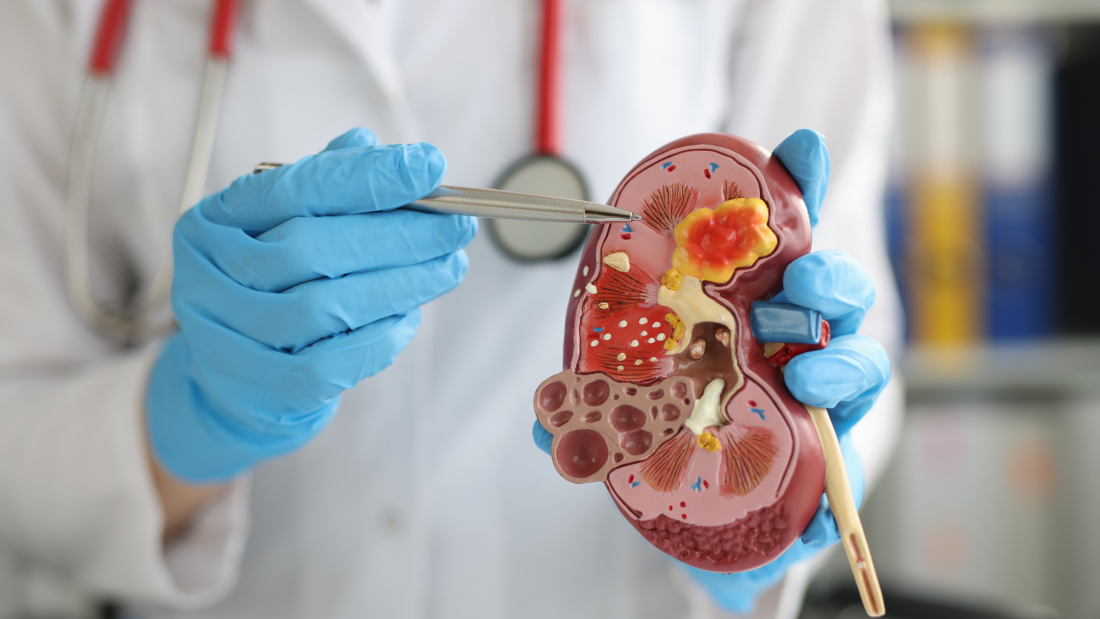In the double-blind CREDENCE trial patients with type 2 diabetes and chronic kidney disease with albuminuria already on the standard renin-angiotensin-aldosterone blockade and baseline diabetic therapy was randomized to receive canagliflozin, an oral SGLT2 inhibitor or placebo. All the patients had an estimated glomerular filtration rate (GFR) of 30 to <90 ml per minute per 1.73 m2 and albuminuria (ratio of albumin [mg] to creatinine [g], >300 to 5000). The primary outcome was a composite of end-stage kidney disease (dialysis, transplantation, or a sustained estimated GFR of <15 ml per minute per 1.73 m2), a doubling of the serum creatinine level, or death from renal or cardiovascular causes.
The trial had to be stopped earlier than planned because the study medication showed such an overwhelming beneficial effect. At that time, 4401 patients had undergone randomization, with a median follow-up of 2.62 years. The relative risk of the renal-specific composite of end-stage kidney disease, a doubling of the creatinine level, or death from renal causes was lower by 34% (HR 0.66; 95% CI, 0.53 to 0.81; p<0.001). In addition, the relative risk of end-stage kidney disease was lowered by 32% (HR 0.68; 95% CI, 0.54 to 0.86; p=0.002). The treatment group also had a lower risk of cardiovascular death.
“Many people do not know that patients with Chronic Kidney Disease (CKD) are at a particularly high risk of many other health outcomes, especially dangerous cardiac complications. It is good to know that there is finally a treatment which not only reduces the risk of becoming dialysis-dependent but which also results in an improved cardiovascular prognosis and survival”, comments Professor Zoccali.
Only a day before the SONAR study [2] had shown that the risk of renal events in patients with diabetes and chronic kidney disease could be significantly reduced by atrasentan (an endothelin-receptor antagonist) in selected patients (those who had shown a response to the medication before they were enrolled into the study). A risk reduction of 35% in the composite renal outcome of end-stage kidney disease and doubling serum creatinine could be reached (HR; 0.65 [95% CI 0.49-0.88]; p=0.0047).
“All in all these two studies are fantastic news for patients with diabetic nephropathy. For years no new treatment option has proved to be safe and effective and thus no new drug could be introduced into clinical practice. Now we have two new treatments with different therapeutic targets, which we might even combine.
Source: www.rdmag.com

